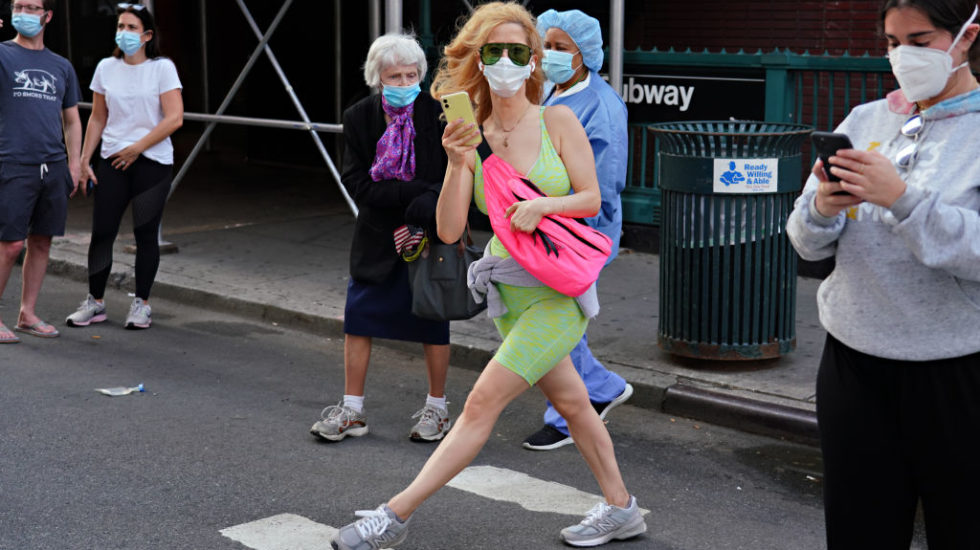Masks: just how well do they protect against the spread of the Covid-19 coronavirus?
It’s an important question, because those masks are now worn daily by tens of millions of Americans in most parts of the country, in the belief that they save lives.
But when it comes to effectiveness, it turns out there are three answers:
Most masks really do help. Some don’t do much.
And some may actually be worse than no mask at all.
This comes from a new study in the journal Science Advances by researchers at Duke University, who evaluated more than a dozen types of masks or other face coverings, ranging from hospital-grade N95 respirators to ordinary bandanas.
Using a simple laser system, a cell phone camera and a box, chemist and physicist Martin Fischer devised a way to observe even the tiniest droplets of moisture expelled through a mask, potentially carrying the virus, when a person speaks.
“A fitted N95 mask, which is used most commonly by hospital workers, was the most effective,” reports the Washington Post, citing a co-author of the study, Warren S. Warren, who noted that this type of mask allowed “no droplets at all” to pass.
But at the other end of the scale is the breathable neck gaiter, which is “well-liked by runners” for its stretchy, lightweight fabric. Such gaiters actually “ranked worse than the no-mask control group,” the Post says.
Such gaiters are convenient and allow the wearer to breathe — which is exactly why they’re “counterproductive,” as Fischer puts it.
Gaiters actually break up larger droplets into many more smaller ones, and the smallest can drift around in the air for long minutes after being expelled by someone speaking, or simply breathing.
Other types of face coverings that do little apparent good include ordinary bandanas and knitted masks. Even some N95 masks — those with “exhalation valves” that let wearers breath more easily — do little to protect others from droplets carrying the virus, the Post says.
As Duke associate medical professor Dr. Eric Westman told the Raleigh News & Observer regarding masks:
“The idea that something’s better than nothing may not be true.”
In between these two extremes come ordinary surgical masks and common cotton cloth masks, including those hand-made at home. The World Health Organization recommends that such masks have at least three layers of fabric.
Warren noted that this study is not a full “clinical trial” involving thousands of subjects.
“But the broad take-home picture — that masks do work in cutting down transmission and that some masks that you can easily get are better than others — potentially has value in protecting everybody and getting us out of this awful situation,” he added.
